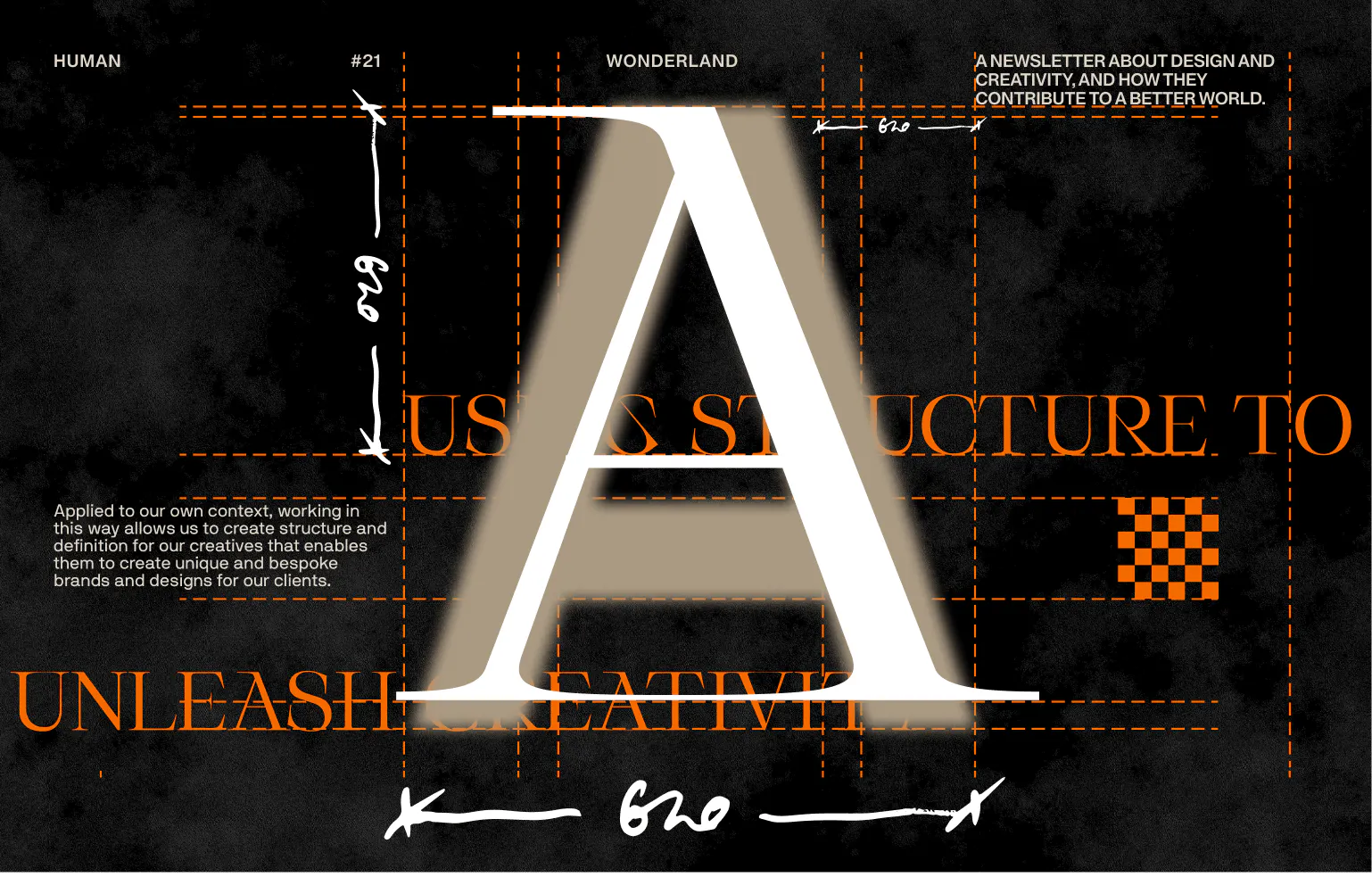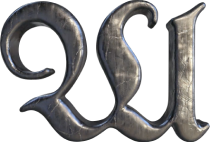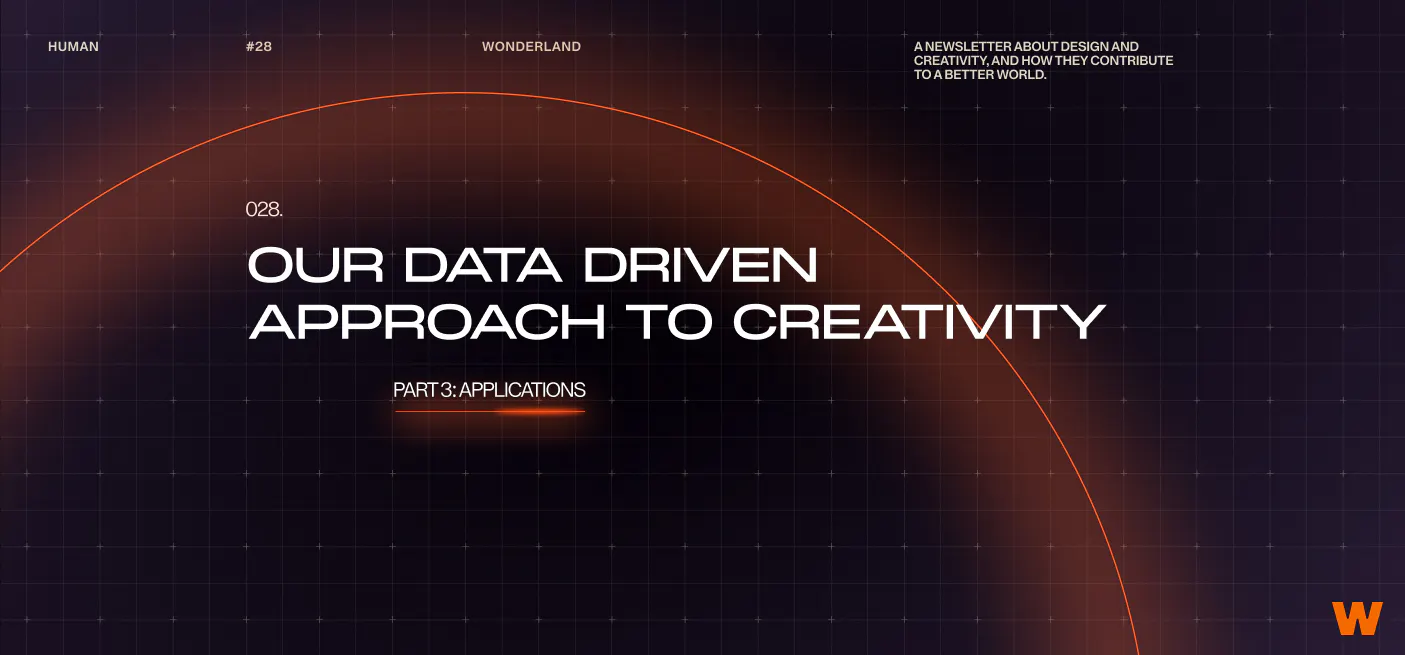
[Part 3] Our Data-Driven Approach to Creativity: Applications
[Part 3] Our Data-Driven Approach to Creativity: Applications
Data Scientist
Upon initial inspection, data may seem to set itself up as the antithesis to creative flow — as if data is industrial and brutalist architecture sitting a world away from the flowing rivers and rolling hills of creativity.
This isn’t a new source of discourse; in the 90s, the poet Mary Oliver explored this duality in her essay Of Power and Time*. Here, she mentions that creativity requires loyalty and links this to the idea that artists cannot always be disorganised lunatics, but also require efforts in self-discipline to finish a project. Structure consistently offers guidance to the creative process. In our case, it sets creativity on a particular direction to facilitate a meaningful, applicable outcome. This is an ever-evolving balance that we are trying to strike in an effort to understand where and when data and structure can facilitate the creative process.
In this article, we will explore three practical applications of data within the creative process, demonstrating the ways in which we’ve used data to learn about a particular client or topic in order to facilitate better design, better branding, or better online experiences.
1. Identifying content gaps in Sustainable Digital Design
The Question: Coming up to the re-release of our SDD platform, with a stronger focus on content and education, we asked ourselves: what already exists in this space and where can we fill the gaps?
How: First, we scraped articles, blog posts, and scientific articles using the Google RSS architecture and used a series of boolean queries (Think: CO2 emissions OR sustainability AND web design OR graphic design). Then, we used Natural Language Processing (NLP), (specifically, text analysis) to classify articles as having either positive or negative sentiment, and being education-oriented versus action-oriented. The scores were standardised between 0 and 1, before using a k-means cluster analysis to identify groups of content.
What we learned: The landscape is sparse, but this gives us room to grow and create within the the space. Specifically, there seems to be a lot of negatively classified content, which, upon further investigation, is primarily academic or scientific. Understanding this gives us room to explore these topics, dig into the science further, and bring the research into a digestible format through our platform.
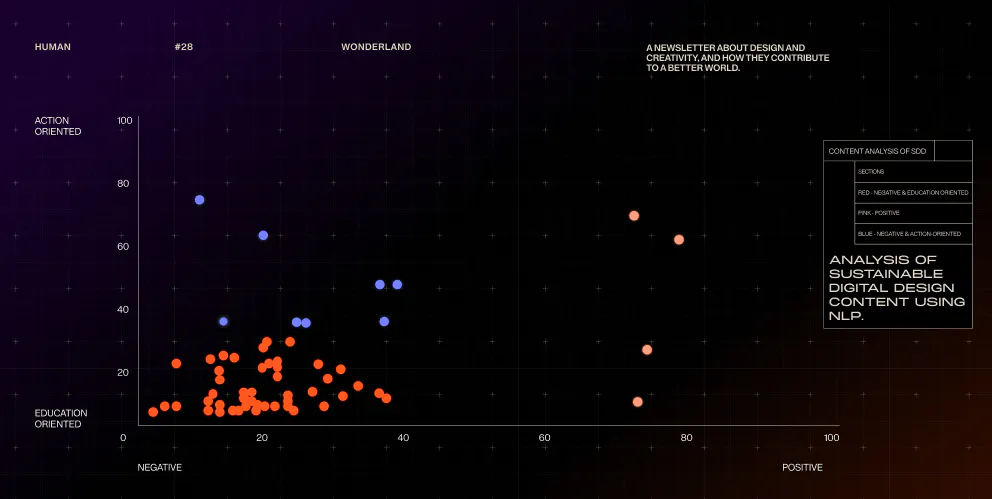
2. Understanding audiences: Personality traits and creative success.
The Question: It’s important to understand our audience. In one case, we can conduct a survey to understand their personal attributes and affinities to certain competitor brands or design elements. In another case, we may be able to find an open-source dataset that has already collected data on our potential audience. As an example, we uncovered an interesting dataset** which included scores on multiple personal attributes and levels of success across different fields (art, science, design, etc). From here, we could ask and answer: What personal attributes and personality traits are related to creative success?
How: Once the data is collected, cleaned, and the variables of interest are selected, we used a lasso-regularised network model to illustrate the correlations between each of the variables.
What we learned: Creative success was not associated with any of the personality traits that were measured in this study. Instead, creative success in one industry was highly related to creative success in another industry. In this way, creativity cannot be predicted ahead of time, nor can it be connected to any measurable personality trait — or at least by our current standards in personality measurement and understanding.
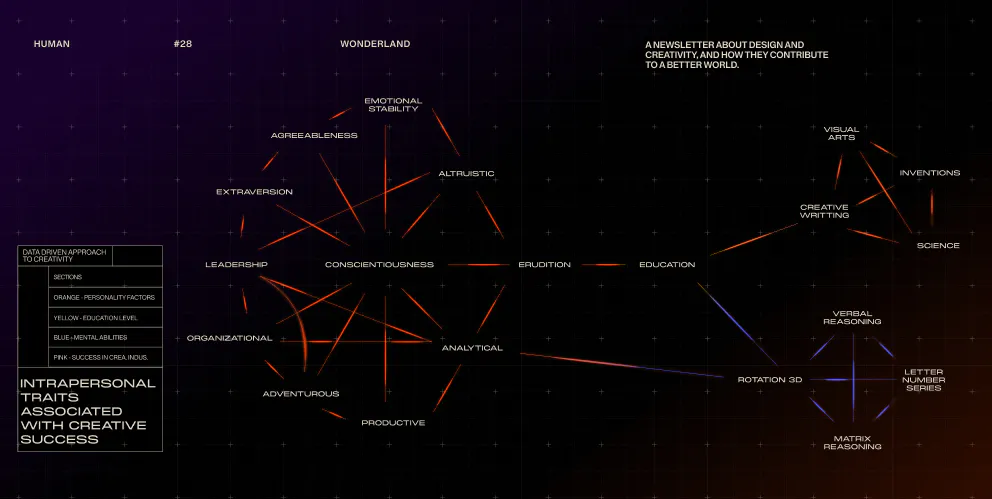
3. Optimising existing platforms: content and behaviour flows through websites
The Question: Often, ‘understanding’ user behaviour on a website is attributed to Google Analytics metrics — bounce rates, page views, screen time, etc. But, what if we want a more in-depth understanding of our users and their interests? In the case of this particular client, we wanted to know how users were navigating through the content on their website, and if we could identify patterns or groups of content that were likely to be read by the same type of user.
How: Using the Google Analytics anonymised Session ID variable, we can see what articles were read within the same user session. From here, we can pull all of this data from the Google Analytics API and use an item set mining algorithm to uncover which articles were read together in the same session.
What we learned: We learned which articles users were likely to navigate to after reading something from the homepage of the website. Using this information, we can move forward by providing accurate recommendations to the user on which articles they should read next. In doing this, we improve behaviour flow on the website, drive traffic to niche or older articles, and improve the user experience on the website by showing them more articles that they are likely to enjoy.
References
*Heather Horton, originally sourced from "Of Power And Time" by Mary Oliver
**Zabelina, D.L., Zaonegina, E., Revelle, W., & Condon, D. M. (2021). Creative achievement and individual differences: Associations across and within the domains of creativity. "Psychology of Aesthetics, Creativity, and the Arts". Advance online publication.

![[Part 1] Our Data-Driven Approach to Creativity: … (Idea Page) orange and black theme illustration for [Part 1] Our Data-Driven Approach to Creativity: … (Idea Page) article](https://www.datocms-assets.com/74681/1657269018-1655969551-preview-website-v2.png?auto=compress&fm=webp)
![[Part 2] Our Data Driven Approach to Creativity: … (Idea Page) orange and black theme illustration for [Part 2] Our Data Driven Approach to Creativity: … (Idea Page) article](https://www.datocms-assets.com/74681/1657269007-1657197946-front-cover-bg.png?auto=compress&fm=webp)
